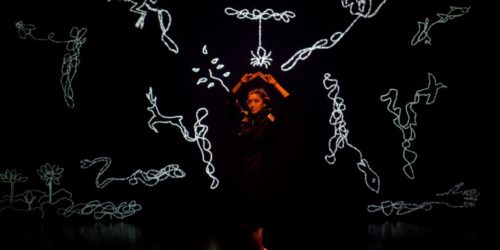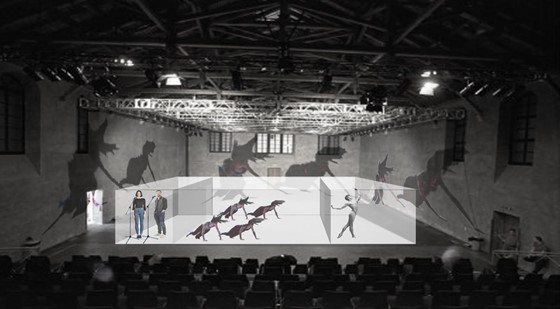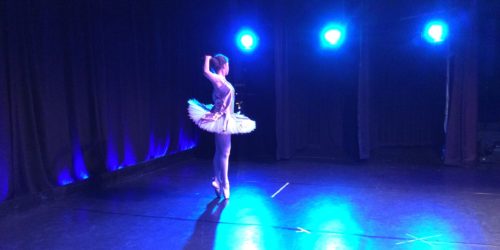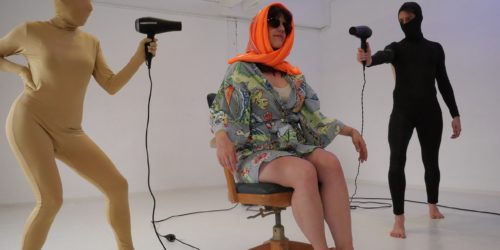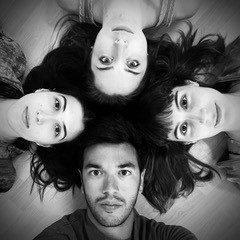Colors in between. Raquel Rosildete
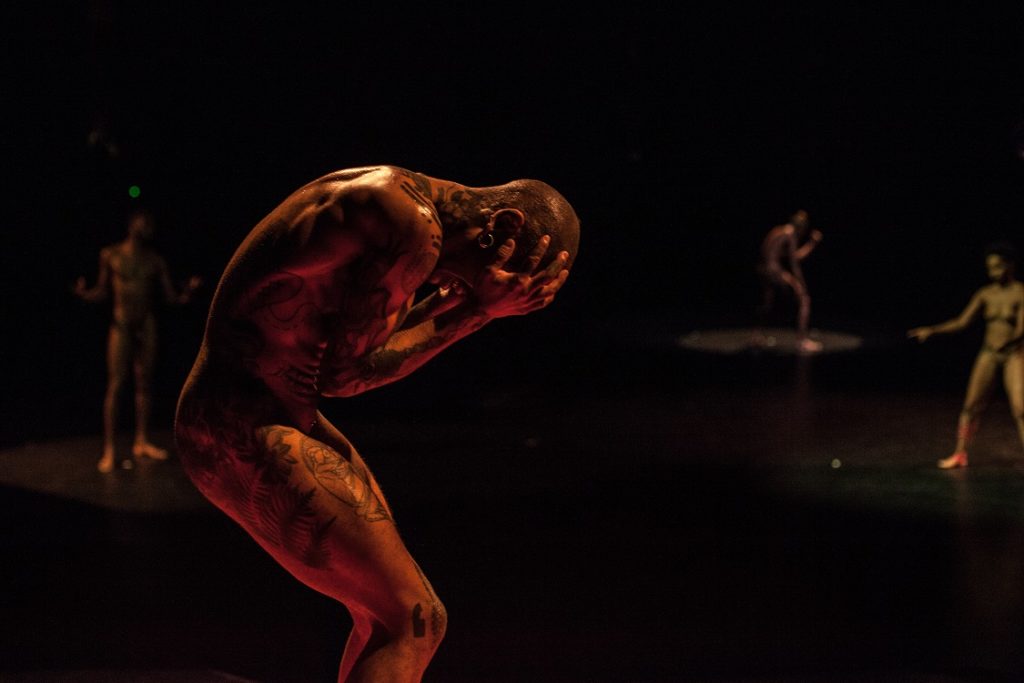
When I started working with theater lighting, coming from architecture, my focus was the space and how to tell stories with the unavoidable narrative that lighting brings to the stage. Lately I realized that the bodies that are on the stage tell their own stories, and that the lighting makes part of a partnership on telling those stories. The interface between the bodies on the stage and the light that make them visible is the skin. Our bodies are surrounded by history and society, and the skin is the layer that tells our stories. Our skin is our visuality, and it is the illuminated surface moving the narratives throughout the space.
The research I will develop for the dis-tanz is about the interaction between light and skin, the combinations between diverse skin tones and lighting colors. Through my years working in decolonial and antiracist projects, I realized that I didn’t learn how to illuminate various skin colors, and I was still treating the white skin as the universal tone. That is when I concluded that my technical choices were racist, when I figured out that that there is no neutral body, and therefore there is no neutral lighting. In architecture, when we have to design the lighting for a space, one of the first aspects we consider is the color of the room, the working surfaces and the illuminated surfaces in general. Why was I using the same lighting methods to black skin as the ones I learned for white skin?
After understanding racism influencing even the most technical choices, I have tried to look at other skin tones with more cautious eyes, and to give light to People of Color looking at them as I wanted to be looked at. In the last years I have been trying to apply light filtered with different colors and coming from different directions whenever I have PoC on the stage. That forces a different contrast between colors and treats the darker pigments in another way, exploring it with colorful light.
The experiments I have worked on were made inside other plays, between the creative process of other discussions. The intent with this research is to isolate the relation between the light and the skin pigment from other aspects on the stage.
The research will be divided in three phases: The first phase is the theoretical research aiming to understand who has discussed these ideas already and to find bibliography that explores this relation between light and skin. I will also study how the representation of the black skin in our history was made and how we can break with portrayals that follow colonizing mechanisms and under represent diasporic bodies and its practical complexity. In order to expand what kind of representation should – and want to be – developed to break the understanding of white universality that doesn’t include a wider imagetic range, or simply dissident bodies.
The second step, the most practical one, is to experiment the relation between different skin tones and several lighting colors, from different lighting directions. This experiment will be registered in a photo-shooting, making portraits of PoC with different lighting filters. The result would be a combined palette of skin pigments and lighting filters.
The third part is an open talk about the research and the conclusions after analyzing the experiment results. The goal is to share my ideas and findings with people not only from the PoC community in Berlin but also lighting designers and technicians in theater. The idea is to discuss how we can look at people on the stage in the way that they are, and to illuminate their stories and their bodies with a responsive diverse technical action. To be active on the change of how we make lighting design with an antiracist approach.

